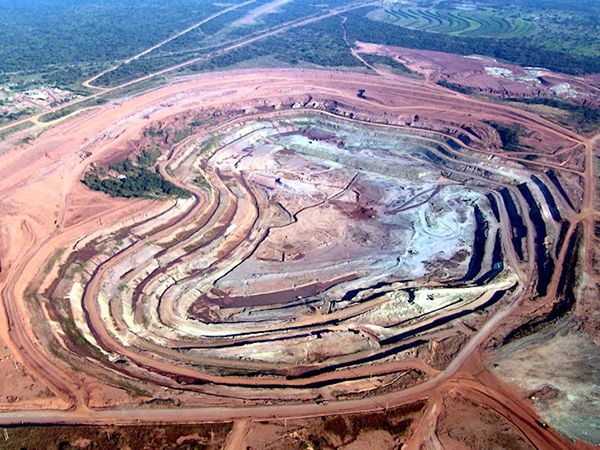Alrosa to mine first diamonds from Angola in mid-2020

The Russian miner and its partner Catoca Mining — the country’s state-owned diamond company — found Luaxe’s Luele pipe in 2013. They have since been analyzing the deposit’s potential, which they believe may turn out to be the largest diamond discovery in the last 60 years.
Luaxe is located 25 km from the giant Catoca operation — Angola’s largest diamond mine — and is estimated to have the potential to yield up to 350 million carats of diamonds during its productive life.
Next year alone, the mine is expected to produce 1 million carats of diamonds worth $90 million, Alrosa said in a workshop hosted by the company.
The diamond giant spent $70 million last year in the acquisition of a further 8.2% stake in Angola’s diamond company. The move upped its stake in Catoca to 41% and gave it access to a production base outside Russia.
Positive signs
Diamond miners and traders have been hit hard this year by weak market conditions, which have taken a major toll on producers of small stones due to an oversupply in that segment.
The situation, Alrosa says, is about to change as the company is already seeing the first signs of stabilization in the sector.
Increasing demand for synthetic diamonds has also weighed on prices. Man-made diamonds require less investment than mining natural stones and can offer more attractive margins.
Buyers, those that polish and cut diamonds for retailers, have been severely affected by lower prices and tighter credit, prompting them to delay purchases.
Anglo American’s De Beers, the world’s No.1 diamond miner by value, has responded by axing production — with a target of 31 million carats this year compared with 35.3 million in 2018. It has also given buyers more room to maneuver, by allowing them to refuse half the stones in many of the diamond parcels.
Alrosa’s data shows that global jewellery demand has received some support for the first time in a year in the third quarter of this year, primarily thanks to US consumers. The company also says to have evidence that prices for a variety of diamond products edged higher in October and November, with prospects for de-stocking now more visible.
“Participants believe that a more accurate assessment of the industry can only be made based on sales volumes in the festive winter season, as they will show if the current upward trend is here to stay,” Alrosa said.
The Russian miner said attendees to its workshops, which included the industry’s largest banks and non-bank financial institutions, agree that the current diamond market turmoil has helped “sanitize” the sector, pushing out players that never invested in business efficiency or resilience and prioritized short-term profits instead.
Industry consultant Bain & Co., however, believes that while glut that’s depressing the diamond market will probably be cleared early next year, it will take at least another 12 months for the market to fully recover.
“The industry’s first and strongest opportunity to rebalance and regain growth will be 2021,” said Bain in a report released on Wednesday, adding that supply could fall 8% that year.
